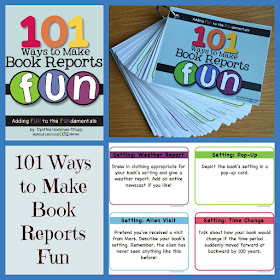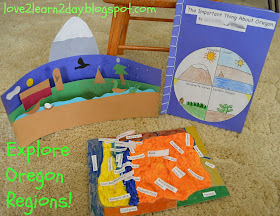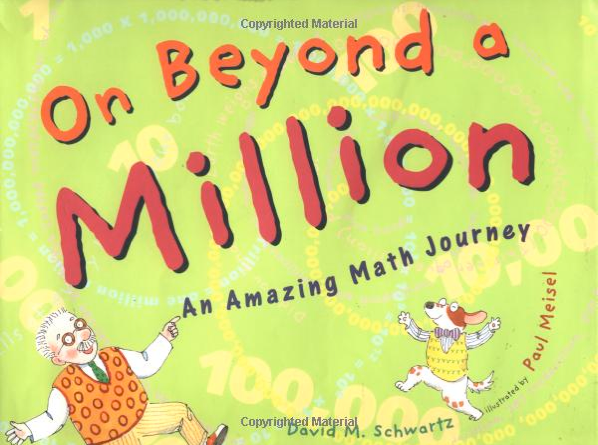As many of you know, I have a Master's in Education, am a certified teacher, and have taught both public school and homeschool. The combination has sometimes put me in a strange position. I'm in one right now. I'm sorta perplexed.
This year, I'm teaching a class of 5th grade math students. The students happen to be homeschooled, but I am teaching all of their math content. I am using new curriculum* that meets the new Common Core State Standards. With Common Core, I've often felt like the bar has been raised; a lot of the 5th grade content has been brought down from 6th grade and some of it is pretty intense. Just ask my students.**
But,...
In my state, homeschool students still take nationally normed, standardized tests. (Honestly, it's like the tests that I took through elementary school back in the 70s.) It's not based on Common Core. And it's not the state test that public schools use. I wrote to our local homeschool test center and asked for a list of math content that my 5th grade math students will be tested on. They provided me with a list of 21 items. I compared the 21 content items to the Common Core. Here's where the 5th grade test items fell on the Common Core. (Granted, many of the 21 items were vague, but I tried to match them as best I could.)
5th grade (homeschool) math test items found on:
2nd grade, Common Core: 4 items
3rd grade, Common Core: 6
4th grade, Common Core: 5
5th grade, Common Core: 3
6th grade, Common Core: 1
Not found on Common Core (or too vague to determine): 2
So 15/21 items, or 71% of the items on the homeschool test are below Common Core grade level.
To make it more clear, I'll give a specific example: fractions. With Common Core, 5th grade students learn to:
"...apply their understanding of fractions and fraction models to represent
the addition and subtraction of fractions with unlike denominators as
equivalent calculations with like denominators. They develop fluency in
calculating sums and differences of fractions, and make reasonable
estimates of them. Students also use the meaning of fractions, of
multiplication and division, and the relationship between multiplication
and division to understand and explain why the procedures for
multiplying and dividing fractions make sense."
On the "homeschool" (older, nationally-normed) test, students are required to:
- Add fractions with the same denominator (which is 4th grade Common Core)
- Identify fractional parts (which is ~ 3rd grade Common Core, maybe 2nd, depending on the fractional part)
The discrepancy makes me squirm.
It means that my homeschool students have curricular and testing expectations several grades below that of their public school peers.
Please don't shoot the messenger. I'm still sorta shocked and trying to figure out what this means.
What are the ramifications?
*It's from The Math Learning Center...a non-profit organization that
I've worked with for many years because I love and respect their math
teaching methods. Their visual models, inquiry-based problem solving,
emphasis on strategies, and hands-on methods have changed me as a
teacher and learner of math.
**A student said the cutest thing this week. He was working on some rather difficult fraction story problems and suddenly said, "Either these are getting easier, or I'm getting smarter!"































